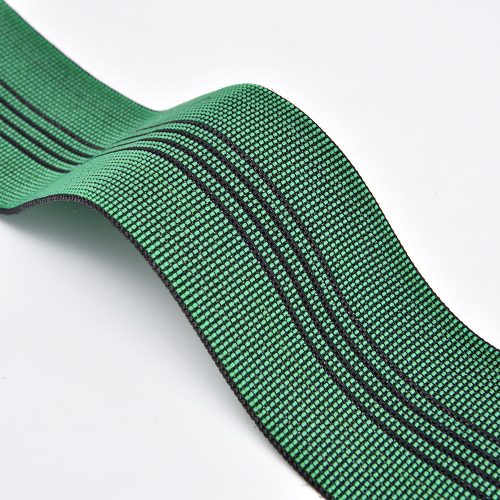Cotton webbing has played significant roles in various historical contexts, showcasing its practicality, versatility, and importance in different periods of human history. Here are a few historical contexts where cotton webbing has been utilized:
- Military and Uniforms: Cotton webbing was widely used in military uniforms and equipment during various historical periods. It was used for belts, straps, harnesses, and cartridge belts. During World War I and World War II, cotton webbing was a key component of soldiers’ gear.
- Industrial Revolution: The Industrial Revolution brought about the need for stronger and more durable materials in industries like transportation and manufacturing. Cotton webbing was used for conveyor belts, hoisting straps, and other heavy-duty applications in factories and warehouses.
- Agricultural Equipment: In the 19th and early 20th centuries, cotton webbing was employed in agricultural machinery and equipment. It was used for binding sheaves, making harnesses for working animals, and creating ropes for various farm tasks.
- Transportation: Cotton webbing played a role in early transportation systems, such as horse-drawn carriages and wagons. It was used for harnesses, reins, and other components that required both strength and flexibility.
- Medical Applications: Cotton webbing was used in historical medical practices, including for making slings, restraints, and other medical equipment. It offered a comfortable yet strong material for various medical applications.
- Sports and Recreation: Historical sports equipment, like early tennis racquets, used cotton webbing for strings. Additionally, cotton webbing was used for making climbing harnesses and other gear in the early days of mountaineering.
- Furniture and Home Furnishings: Cotton webbing was used as support material for upholstery in historical furniture and home furnishings. It provided a flexible yet strong foundation for seating and mattresses.
- Saddlery and Equestrian Equipment: In historical equestrian contexts, cotton webbing was used for horse harnesses, reins, and other riding equipment.
- Colonial and Early American Craftsmanship: Cotton webbing was woven by hand and used in various forms in early American households. It was used for making straps, handles, and other functional elements.
- Textile Mills and Factories: As the textile industry evolved, cotton webbing became a staple in factories for various applications, including machinery belts, pulley systems, and transportation within factories.
- Utility and Household Items: Cotton webbing was used to create practical items like laundry lines, tool belts, apron ties, and more in historical households.
- Fashion and Accessories: Historical fashion trends featured cotton webbing in garments and accessories like belts, suspenders, garters, and corsets.
Cotton webbing’s durability, comfort, and flexibility made it an essential material in these historical contexts. Its significance in various industries and applications highlights its enduring value and adaptability across different periods of time.


